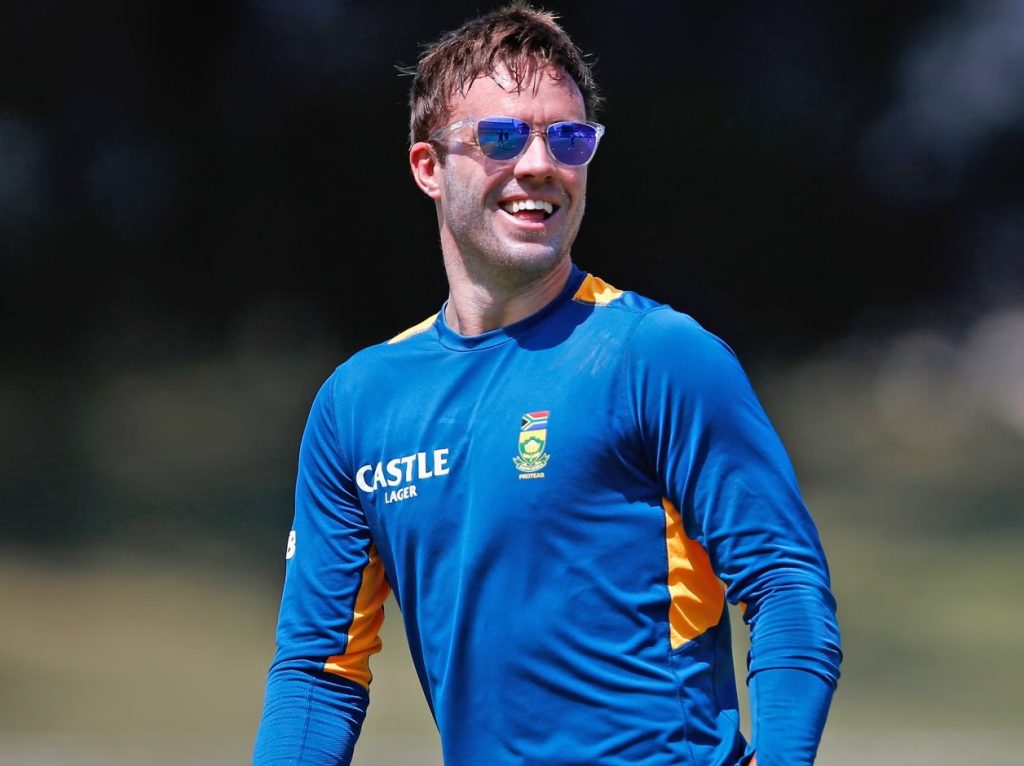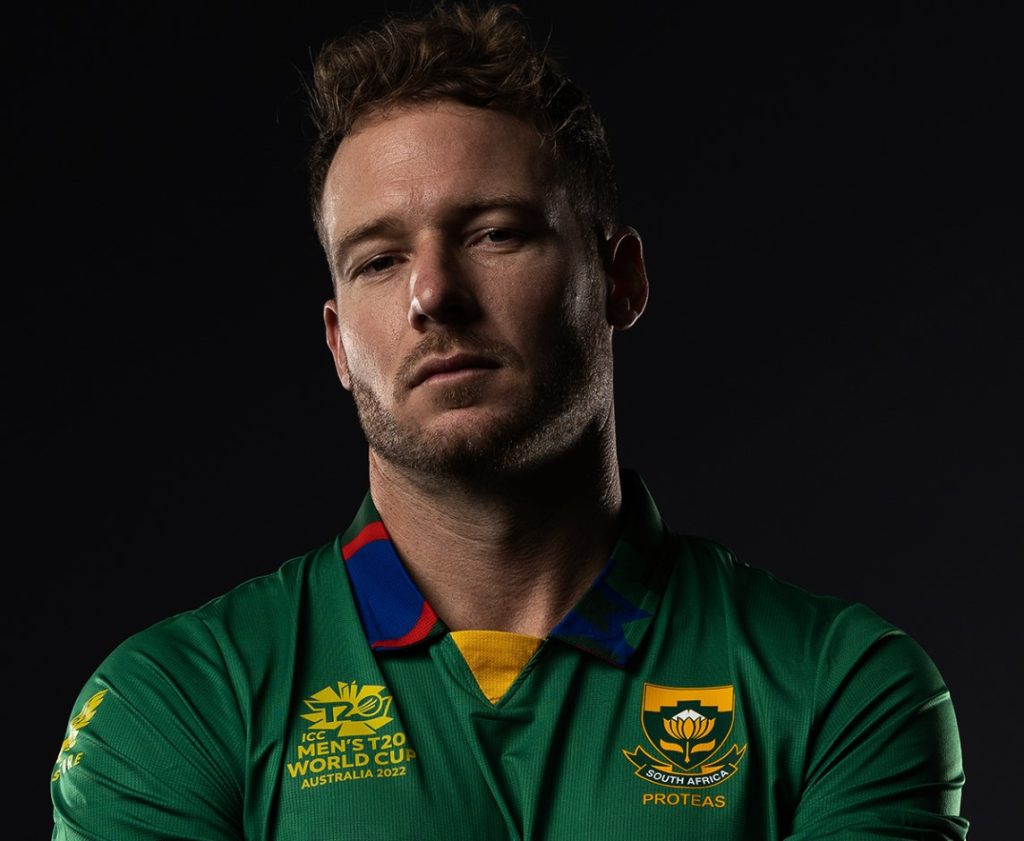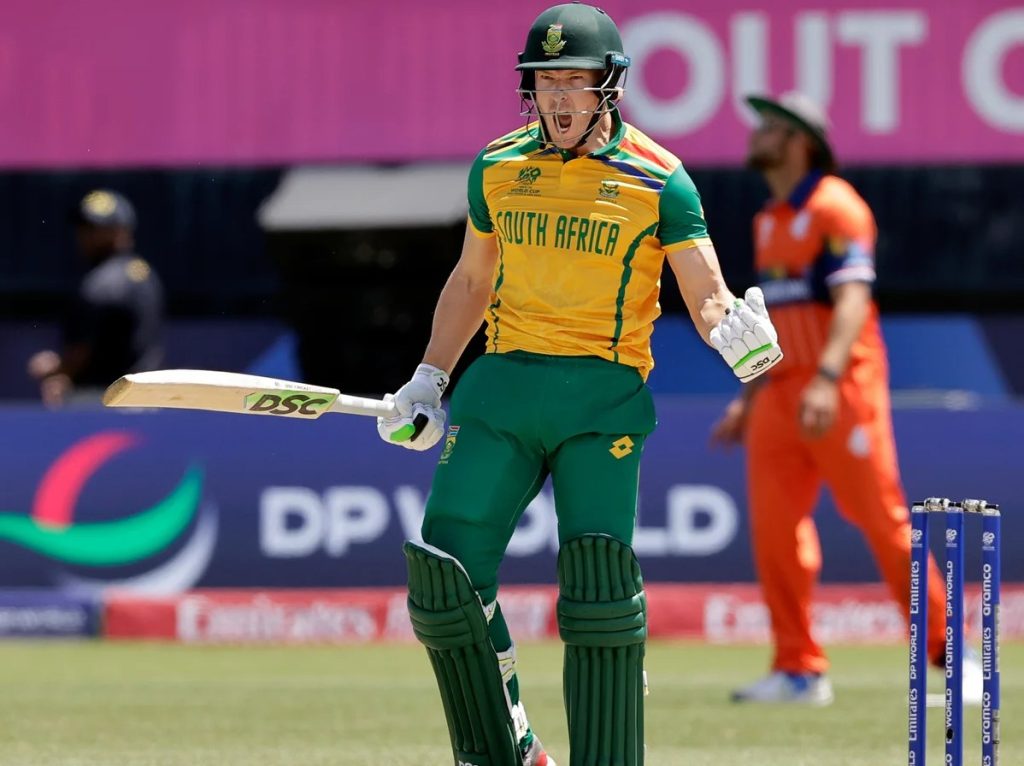Fastest: Cricket is a sport that thrives on records, milestones, and individual brilliance. Among the most exhilarating feats in the game is the ability to score a century—and doing it at lightning speed takes this achievement to an entirely new level. The fastest 100 in cricket history is a testament to the sheer power, precision, and audacity of some of the greatest players ever to grace the field. In this article, we delve into the details of the fastest centuries in cricket across different formats, exploring the players, the contexts, and the records that continue to captivate fans worldwide.
The Fastest 100 In One-Day Internationals (ODIs)
In ODIs, the fastest century was scored by AB de Villiers of South Africa against the West Indies on January 18, 2015, in Johannesburg. De Villiers reached his hundred in just 31 balls, an extraordinary feat that showcased his unmatched versatility and innovative batting.

Key Details Of AB de Villiers’ Innings:
Balls faced for 100: 31
Runs scored in the innings: 149 off 44 balls
Strike rate: 338.63
Fours and Sixes: 9 fours and 16 sixes
Match result: South Africa won by 148 runs
Top 5 Fastest Centuries In ODIs
| Rank | Player | Team | Balls for 100 | Opponent | Venue | Year |
|---|---|---|---|---|---|---|
| 1 | AB de Villiers | South Africa | 31 | West Indies | Johannesburg | 2015 |
| 2 | Corey Anderson | New Zealand | 36 | West Indies | Queenstown | 2014 |
| 3 | Shahid Afridi | Pakistan | 37 | Sri Lanka | Nairobi | 1996 |
| 4 | Mark Boucher | South Africa | 44 | Zimbabwe | Potchefstroom | 2006 |
| 5 | Brian Lara | West Indies | 45 | Bangladesh | Dhaka | 1999 |
The Fastest 100 In Test Matches
In the longest format of the game, scoring a quick century is rare but not impossible. The record for the fastest Test century belongs to Brendon McCullum of New Zealand. He reached the milestone in just 54 balls against Australia on February 20, 2016, in Christchurch. This knock was not only a display of aggressive batting but also a fitting farewell to his international career.

Key Details Of Brendon McCullum’s Innings:
Balls faced for 100: 54
Runs scored in the innings: 145 off 79 balls
Strike rate: 183.54
Fours and Sixes: 21 fours and 6 sixes
Match result: Australia won by 7 wickets
Top 5 Fastest Centuries In Tests
| Rank | Player | Team | Balls for 100 | Opponent | Venue | Year |
|---|---|---|---|---|---|---|
| 1 | Brendon McCullum | New Zealand | 54 | Australia | Christchurch | 2016 |
| 2 | Viv Richards | West Indies | 56 | England | St John’s | 1986 |
| 3 | Misbah-ul-Haq | Pakistan | 56 | Australia | Abu Dhabi | 2014 |
| 4 | Adam Gilchrist | Australia | 57 | England | Perth | 2006 |
| 5 | Jack Gregory | Australia | 67 | South Africa | Johannesburg | 1921 |
The Fastest 100 In T20 Internationals (T20Is)
T20 cricket, with its emphasis on big hitting and fast scoring, has seen numerous quickfire centuries. The fastest T20I century was scored by David Miller of South Africa against Bangladesh on October 29, 2017, in Potchefstroom. He reached his hundred in just 35 balls, smashing the previous records with a barrage of boundaries.

Key Details Of David Miller’s Innings:
Balls faced for 100: 35
Runs scored in the innings: 101* off 36 balls
Strike rate: 280.55
Fours and Sixes: 7 fours and 9 sixes
Match result: South Africa won by 83 runs
Top 5 Fastest Centuries In T20Is
| Rank | Player | Team | Balls for 100 | Opponent | Venue | Year |
|---|---|---|---|---|---|---|
| 1 | David Miller | South Africa | 35 | Bangladesh | Potchefstroom | 2017 |
| 2 | Rohit Sharma | India | 35 | Sri Lanka | Indore | 2017 |
| 3 | S Wickramasekara | Czech Republic | 35 | Turkey | Ilfov County | 2019 |
| 4 | Chris Gayle | West Indies | 47 | England | Mumbai | 2016 |
| 5 | Evin Lewis | West Indies | 48 | India | Kingston | 2017 |
Common Factors Behind Fast Centuries
- Power Hitting:
- Players like AB de Villiers, Brendon McCullum, and Chris Gayle are known for their exceptional power-hitting abilities, allowing them to score at an unprecedented pace.
- Innovative Stroke Play:
- Modern batsmen employ innovative shots like reverse sweeps, switch hits, and ramp shots, enabling them to exploit field placements effectively.
- Flat Pitches and Short Boundaries:
- Some of the fastest centuries have been scored on batting-friendly pitches with shorter boundaries, making it easier to clear the ropes.
- Pressure-Free Situations:
- In several instances, these centuries were scored when the batting team was in a dominant position, allowing the batsmen to take risks without fear of losing their wickets.

The Significance Of Fast Centuries
Fast centuries have a profound impact on the game. They can:
- Demoralize Bowlers: Quick runs force bowlers to rethink their strategies and often result in panic.
- Shift Momentum: A single explosive innings can change the course of a match, turning the tide in favor of the batting team.
- Entertain Fans: Spectacular centuries keep fans on the edge of their seats, making cricket more thrilling and marketable.
The fastest centuries in cricket’s history are remarkable demonstrations of skill, power, and audacity. From AB de Villiers’ jaw-dropping 31-ball hundred in ODIs to Brendon McCullum’s explosive farewell century in Tests, these innings are etched in the memories of cricket fans. They highlight the evolution of the game and the incredible talent of players who continue to push the boundaries of what is possible on the cricket field.
As cricket progresses, records are bound to be broken, and faster centuries will undoubtedly emerge. Until then, these extraordinary knocks remain benchmarks of excellence in the sport.
